Ultrasound/Imaging
Poster Session 4
(960) Sonographic Predictors of Mirror Syndrome in Cases of Hydrops Fetalis
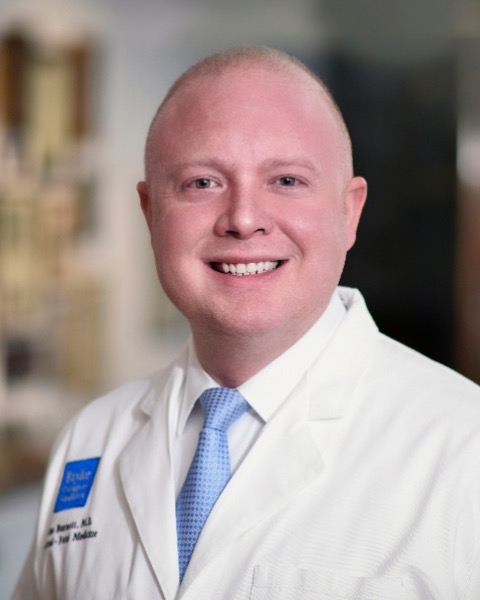
Brian Burnett, MD
Baylor College of Medicine
Houston, TX, United States
Matthew A. Shanahan, MD (he/him/his)
Fellow Physician
Baylor College of Medicine
Houston, TX, United States
Romain Corroenne, MD PhD
TExas Childrens Hospital
Houston, TX, United States- KP
Kristi Poling, BS
University of Arizona College of Medicine
Tuscon, AZ, United States 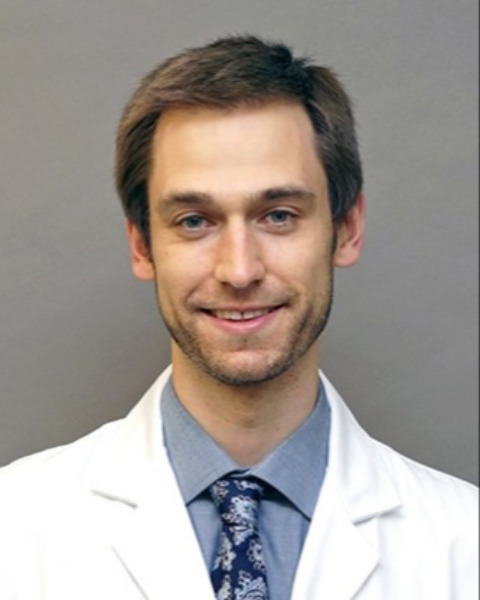
Christian M. Parobek, MD, PhD
Fellow
Baylor College of Medicine
Houston, TX, United States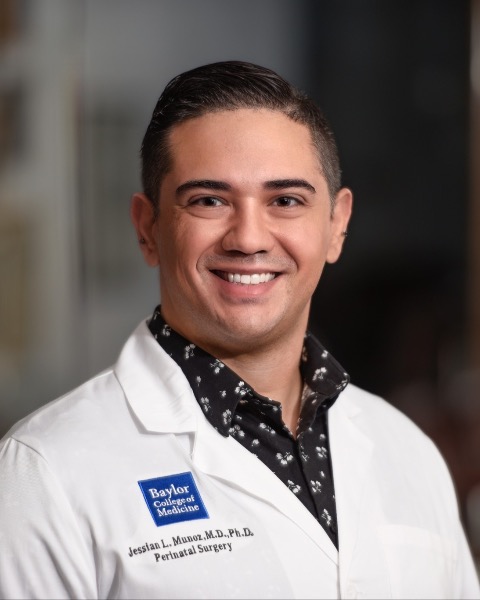
Jessian L. Munoz, MD, MPH, PhD (he/him/his)
Clinical Assistant Professor
Baylor College of Medicine
Houston, TX, United States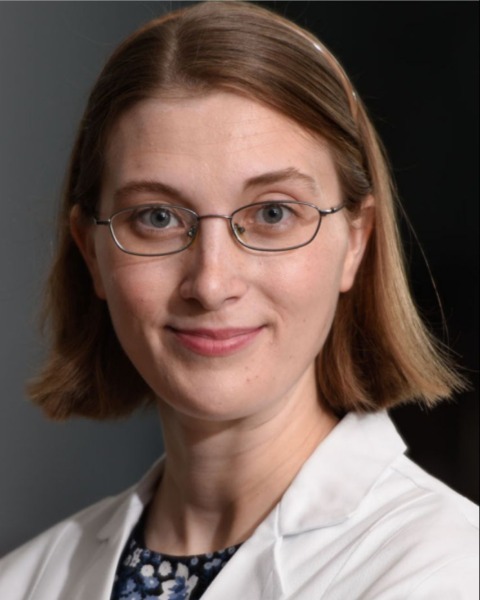
Cara Buskmiller, MD, MS
Perinatal Surgery Fellow
Baylor College of Medicine
Houston, TX, United States.jpg)
Kelly Albrecht, BSc,MD,FRCSC
MFM fellow
Baylor College of Medicine
Houston, TX, United States
roopali V. donepudi, MD
Assistant Professor
Baylor College of Medicine
Houston, TX, United States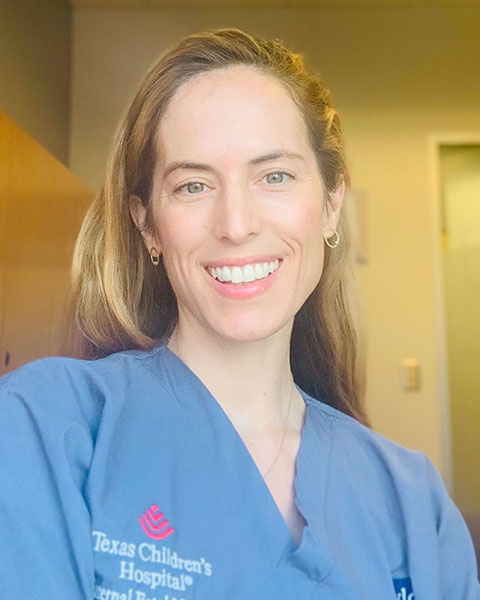
Magdalena Sanz Cortes, MD, PhD
Associate Professor in the Department of Obstetrics and Gynecology, Baylor College of Medicine
Baylor College of Medicine and Texas Children's Hospital
Houston, TX, United States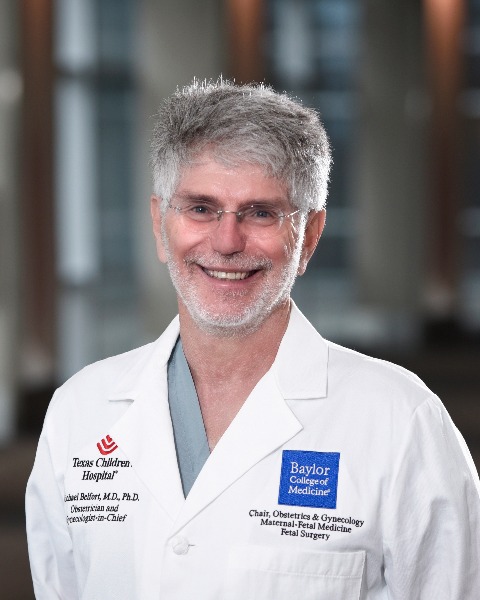
Michael A. Belfort, MD, PhD (he/him/his)
Professor, Chairman
Texas Children's Hospital
Houston, TX, United States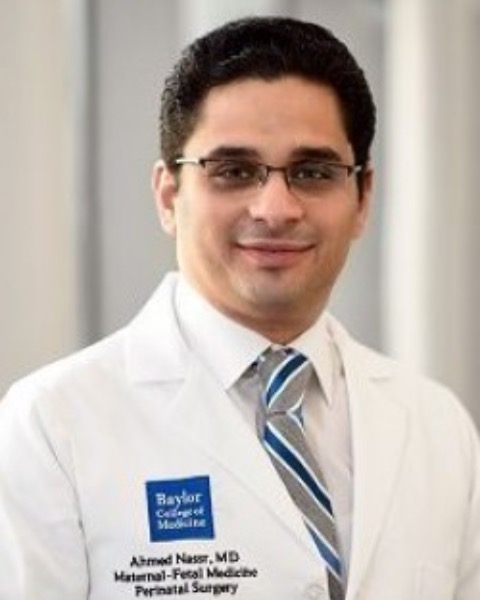
Ahmed A. Nassr, MD, PhD
Associate professor
Baylor College of Medicine
Houston, TX, United States
Primary & Presenting Author(s)
Coauthor(s)
Mirror syndrome (MS), is a rare life-threatening condition in which a pregnant person develops edema, “mirroring” that of their hydropic fetus. Data is limited with less than 120 cases of MS described in the literature. This study sought to determine sonographic predictors for development of MS in cases of hydrops fetalis (HF).
Study Design:
Retrospective cohort study of participants with HF at our center from 2012-2023. Participant history, pregnancy outcome, and ultrasound data were obtained. MS was defined clinically as worsening edema in combination with new-onset hypertension, lab abnormality (proteinuria, anemia, thrombocytopenia, elevated liver enzymes) or symptoms (headache, visual changes or dyspnea secondary to pulmonary edema). All participants were classified as having a cardiogenic or non-cardiogenic etiology for HF, defined as presence of high cardiac output pathophysiology and evidence of cardiovascular compromise. Bivariate analyses were performed comparing those with and without MS, and logistic regression was used to evaluate the association of affected fetal fluid compartments, placental thickness (≥ 4 cm in second or ≥ 6 cm in third trimester) and etiology of HF in those who developed MS.
Results:
Among 201 cases of HF, MS was diagnosed in 22/201 (10.9%). HF due to a cardiogenic etiology was more common in MS, 15/22 (68.2%) compared to HF without MS, 60/179 (33.5%, p=0.002). Of those with cardiogenic etiology for hydrops, 15/60 (20%) developed MS versus 7/119 (5.6%) who did not. Both pericardial effusion and placental thickening concurrently remained significantly associated with MS after adjusting for cardiogenic etiology and elevated blood pressure at time of diagnosis, aOR [95%CI]=43.8 [5.5-348.9], p=< 0.01.
Conclusion:
The presence of both fetal pericardial effusion and placental thickening concurrently on ultrasound were significantly associated with the development of MS. Those with HF due to a cardiogenic etiology were nearly four times as likely to be complicated with MS, suggesting a potential common pathophysiology between fetal cardiovascular compromise and MS.

